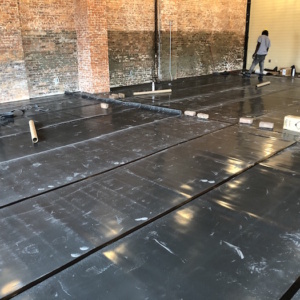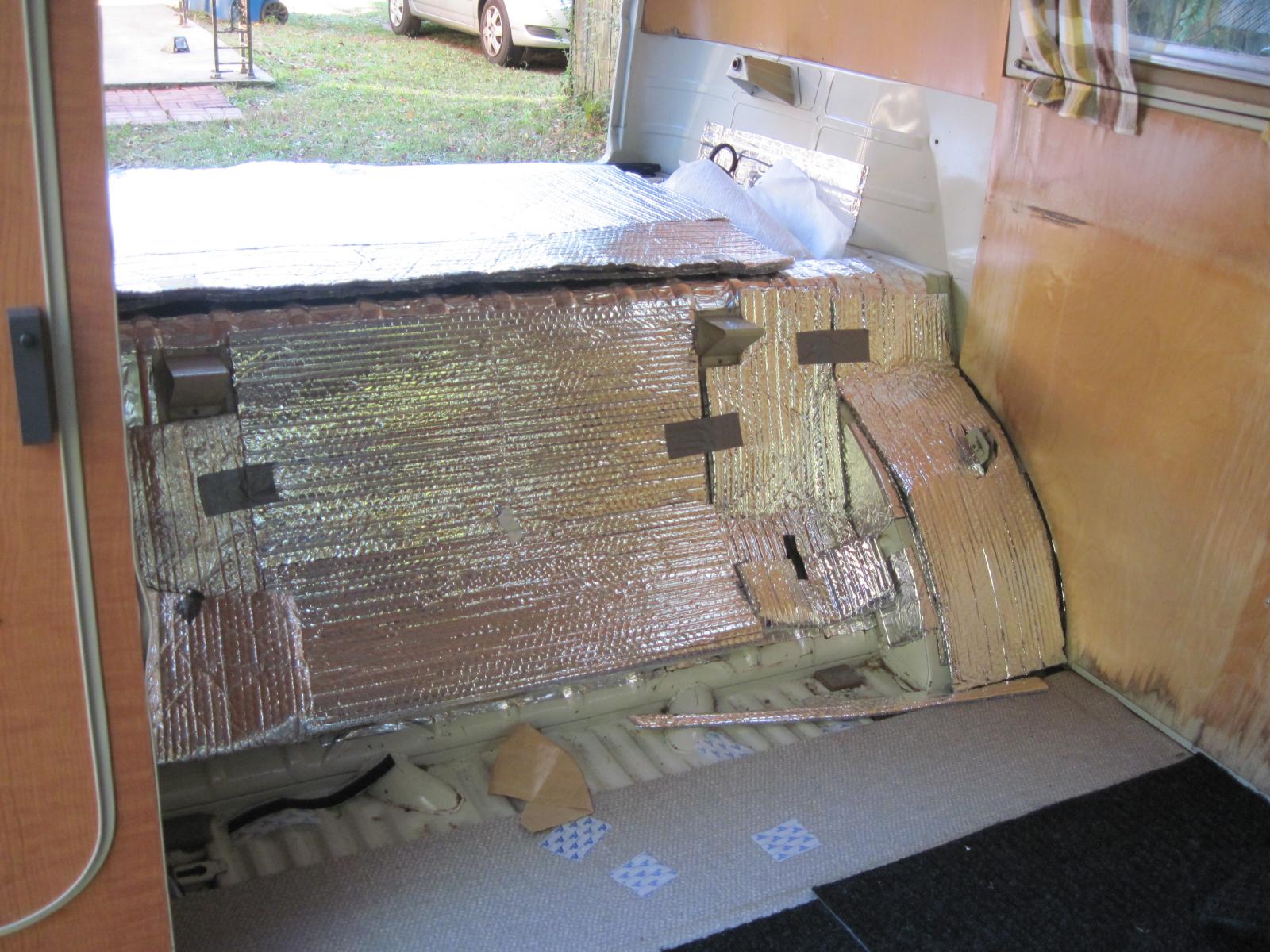
A standard wall will have an STC rating of 35-45.Ī typical interior wall has a single layer of 1/2-inch drywall on each side with no insulation inside with an STC rating of 33. The higher a material’s STC rating, the more sound it blocks. The noise reduction characteristics of different materials are measured on a scale called the Sound Transmission Class or STC levels. To achieve decoupling in a wall, you would stagger the studs so that the inside and outside drywall are attached to different sets of studs. Decoupling is when you put space in between the separate parts of a structure so that they can’t transfer vibrations directly.

Vibrations are most effectively carried out through physical contact. Green Glue noise proofing compound is currently the most effective dampening agent, and it will be discussed more in-depth later in this article. This is a layer that will be added between two stiff panels such as drywall and acts to stop vibrations by converting their energy into heat. Dampingĭamping is the most effective soundproofing principle for low frequencies.

If you were building a soundproof box for a compressor, absorption may be performed by styrofoam or even sound control foam. This will be taken care of by a low-density medium such as fiberglass insulation in walls. AbsorptionĪbsorption is how much of the sound’s energy gets reduced as it passes through the wall. For a little perspective, a normal conversation is about 60db. On a standard, single-stud wall, doubling the layer of drywall will result in a noise reduction of about 5db. While increasing mass does improve soundproofing abilities, it’s not enough on its own to make something soundproof. If you were building a soundproof box for a compressor, you would build one box inside of another to increase the mass. If you’re building a wall, you would use two layers of ⅝” drywall to create the most mass. The most simple way to increase the mass of a surface you wish to soundproof is to double layer it. The more material that it must vibrate, the heavier it will be, making it harder to cause these vibrations. For sound to pass through a wall or other surface, it must cause it to vibrate. Mass is the amount of material between your sound source and the area you are trying to keep quiet. Let’s take a look at what each one is and how we can improve them for more effective soundproofing. To reduce sound transmission, you’ll need to combine the effects of several or all of these concepts. On their own, each of these principles of soundproofing is only moderately effective. When trying to make a wall or other structure soundproof, there are four main principles to take into consideration.

MASS LOADED VINYL VS ROCKWOOL HOW TO
Principles of Soundproofing Mass Absorption Damping Decoupling How is Soundproofing Measured? Drywall vs OSB vs Plywood vs MDF for Soundproofing Drywall Medium Density Fiberboard (MDF) OSB Plywood MDF vs Drywall for Soundproofing Plywood vs MDF for Soundproofing Drywall vs OSB for Soundproofing MDF vs OSB for Soundproofing How to Improve Noise Reduction Add Insulation Increase Mass - Add More Material Use Acoustic Drywall Resilient Channels and Sound Isolation Clips Wall Studs Use Mass Loaded Vinyl Green Glue Conclusion Principles of Soundproofing


 0 kommentar(er)
0 kommentar(er)
